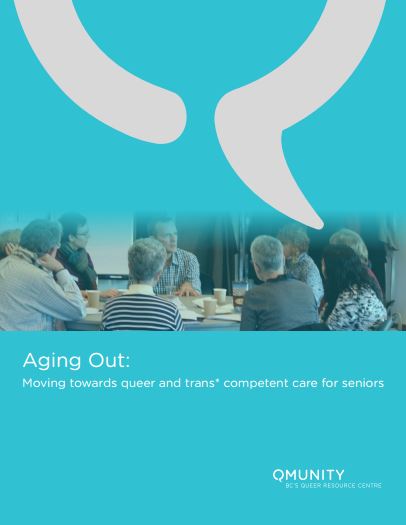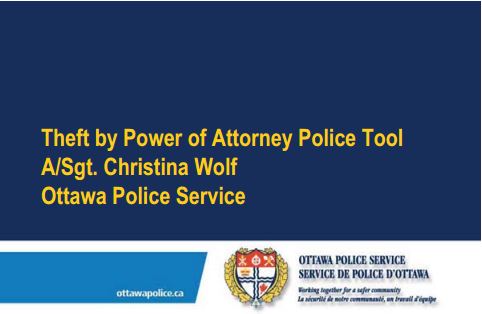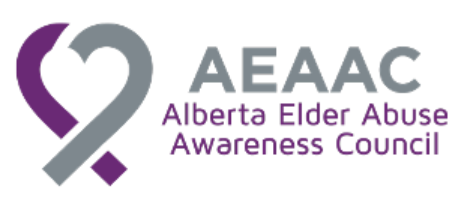 "This guide is an accumulation of evidence-based practices identified in the literature as being conducive to the train-the-trainer process. It draws upon studies of transfer training, knowledge dissemination, “cascade” barriers and facilitators, and effective teaching skills. It is inspired by the concept of self-efficacy and adult learning principles. The aim of this tool is to assist agencies to train their trainers in the prevention, detection and intervention of elder mistreatment."
"This guide is an accumulation of evidence-based practices identified in the literature as being conducive to the train-the-trainer process. It draws upon studies of transfer training, knowledge dissemination, “cascade” barriers and facilitators, and effective teaching skills. It is inspired by the concept of self-efficacy and adult learning principles. The aim of this tool is to assist agencies to train their trainers in the prevention, detection and intervention of elder mistreatment."
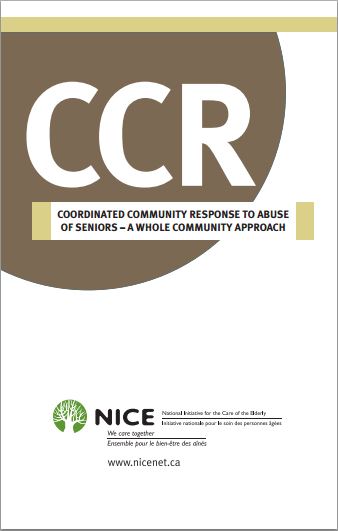
Source: The National Initiative for the Care of the Elderly
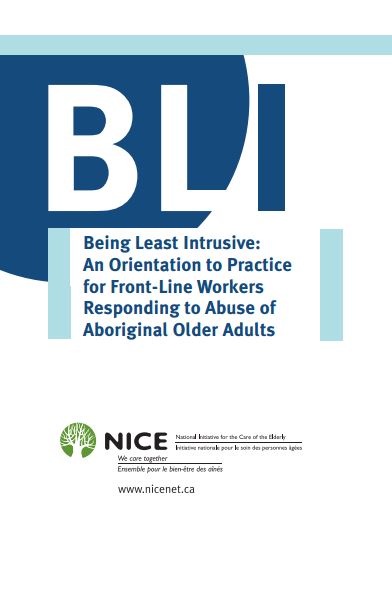
Page 27 of 31


